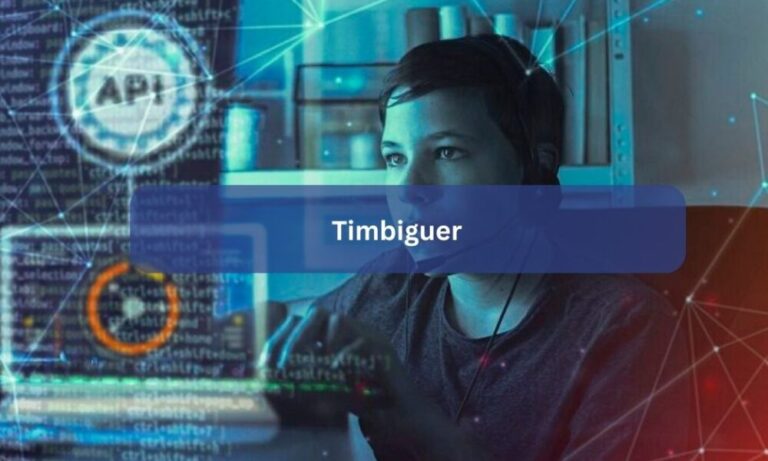Timbiguer is a term that might not be widely recognized, but it encapsulates a rich tapestry of cultural, historical, and social elements. This article delves into the multifaceted world of Timbiguer, exploring its origins, significance, and the impact it has on contemporary society.
1. The Etymology and Origins of Timbiguer
The word “Timbiguer” has a fascinating origin that traces back to ancient civilizations. Derived from a blend of indigenous dialects, “Tim” refers to time or era, while “biguer” signifies a gathering or convergence. Thus, Timbiguer can be loosely translated to “a convergence of times” or “an epochal gathering.” This term was first documented in historical texts dating back several centuries, often used to describe significant cultural or social gatherings that marked pivotal moments in history.
2. Cultural Significance of Timbiguer
Timbiguer holds immense cultural importance, especially in regions where it originated. It represents not just a meeting or event, but a celebration of heritage, community, and shared history. In many cultures, a Timbiguer is an annual event that brings together various tribes, clans, or groups to honor their ancestors, celebrate their achievements, and plan for the future. These gatherings are marked by elaborate ceremonies, traditional dances, and the exchange of stories and wisdom.
3. Historical Evolution of Timbiguer Gatherings
Historically, Timbiguer gatherings were crucial in shaping the socio-political landscape of the regions where they were held. They served as platforms for resolving conflicts, forming alliances, and discussing matters of communal importance. Over the centuries, these gatherings evolved to include more structured activities, such as competitive games, artistic performances, and educational workshops. The evolution of Timbiguer reflects the adaptive nature of cultures in preserving their traditions while incorporating contemporary elements.
4. Timbiguer in Contemporary Society
In modern times, Timbiguer has transcended its traditional boundaries and has been embraced globally, albeit in varied forms. Today, Timbiguer-inspired events can be seen in festivals, conferences, and summits that aim to foster unity and cultural exchange. These modern iterations often blend traditional customs with modern technologies and ideas, creating a unique fusion that appeals to a broader audience. The essence of Timbiguer remains intact, emphasizing community, continuity, and collaboration.
5. The Role of Timbiguer in Education and Knowledge Sharing
Education and knowledge sharing are central to the concept of Timbiguer. Historically, these gatherings were opportunities for elders to impart wisdom to the younger generations, ensuring the transmission of cultural values and practical skills. In contemporary settings, Timbiguer-inspired events often feature workshops, lectures, and discussions led by experts in various fields. These educational components help participants gain new insights, broaden their perspectives, and apply this knowledge in their personal and professional lives.
6. Timbiguer and Technological Integration
With the advent of digital technology, Timbiguer has found new platforms for expression and expansion. Virtual Timbiguer gatherings have become increasingly popular, allowing people from different parts of the world to participate in these cultural exchanges without the need for physical presence. Social media, video conferencing, and online forums facilitate the sharing of ideas, traditions, and experiences, making Timbiguer a truly global phenomenon. The integration of technology ensures that the spirit of Timbiguer continues to thrive in the digital age.
7. The Future of Timbiguer
Looking ahead, the future of Timbiguer appears promising. As the world becomes more interconnected, the principles of Timbiguer—unity, cultural appreciation, and shared learning—are more relevant than ever. Future Timbiguer gatherings, whether physical or virtual, are likely to continue evolving, incorporating cutting-edge technologies and innovative formats. These events will play a crucial role in fostering global cooperation, preserving cultural heritage, and addressing the challenges of an increasingly complex world.
Conclusion
Timbiguer is more than just a term; it represents a profound cultural practice that has endured through centuries. From its origins as a simple gathering of tribes to its modern manifestations in global festivals and virtual conferences, Timbiguer embodies the timeless values of community, heritage, and shared knowledge. As we navigate the complexities of the 21st century, the principles of Timbiguer offer valuable lessons in unity, resilience, and cultural appreciation, guiding us toward a more connected and harmonious future.

